All products featured are independently chosen by us. However, SoundGuys may receive a commission on orders placed through its retail links. See our ethics statement.
Apple AirPods Max vs. Bose QuietComfort 35 II: What's the best value in 2024?
September 16, 2024

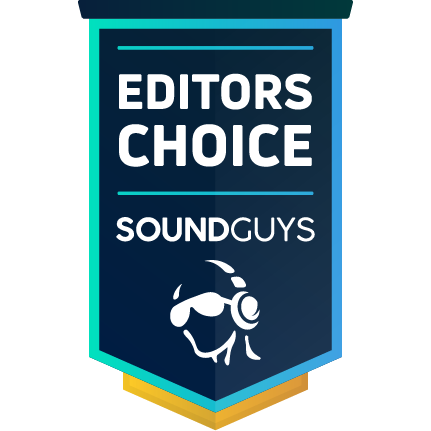


It was only a matter of time before Apple introduced a pair of over-ears alongside the AirPods and original AirPods Pro. In late 2020, rumors turned into reality with the release of the AirPods Max. These Bluetooth headphones feature impressive active noise cancelation, a bass-heavy sound signature, and seamless connectivity with Apple’s H1 chip—all for $549.
With such a high price tag on Apple’s over-ears, let’s see how the Apple AirPods Max compares to a long-standing champion in the ANC headphones market: the Bose QuietComfort 35 II, which is available for just under $300 USD.
Editor’s note: This article was updated on September 16, 2024, to update formatting, add new measurement charts, and add a frequently asked questions section.
The Apple AirPods Max features a design we haven’t seen from other flagship headphones
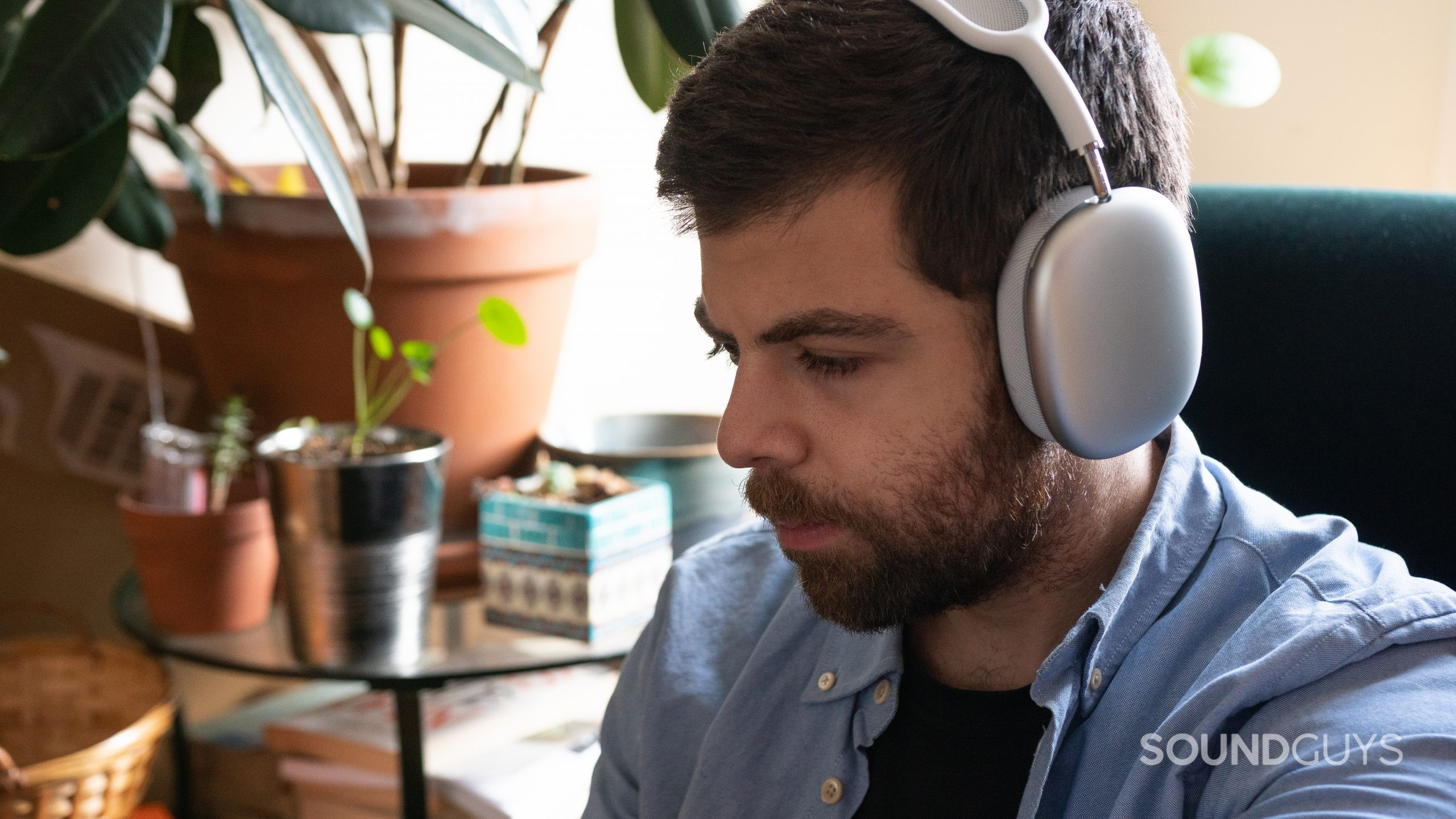
The AirPods Max boasts a design that stands out from its competitors. Its mesh canopy headband conforms to the curvature of the wearer’s head and evenly distributes its weight. The headband and frame are constructed of stainless steel and aluminum respectively, which feels very durable and looks great. However, the use of metal makes the headphones feel heavy, which some users may find uncomfortable during extended listening periods.
The ear pads are constructed of soft memory foam, which alleviates the pressure around your ears. This reduces strain and discomfort, even if you wear glasses. The deep cavity of the ear cups also accommodates people with larger ears, ensuring you achieve a proper seal to attain the best isolation possible. A sensor inside the headphones detects whether or not you’re wearing them and automatically plays or pauses your media accordingly.
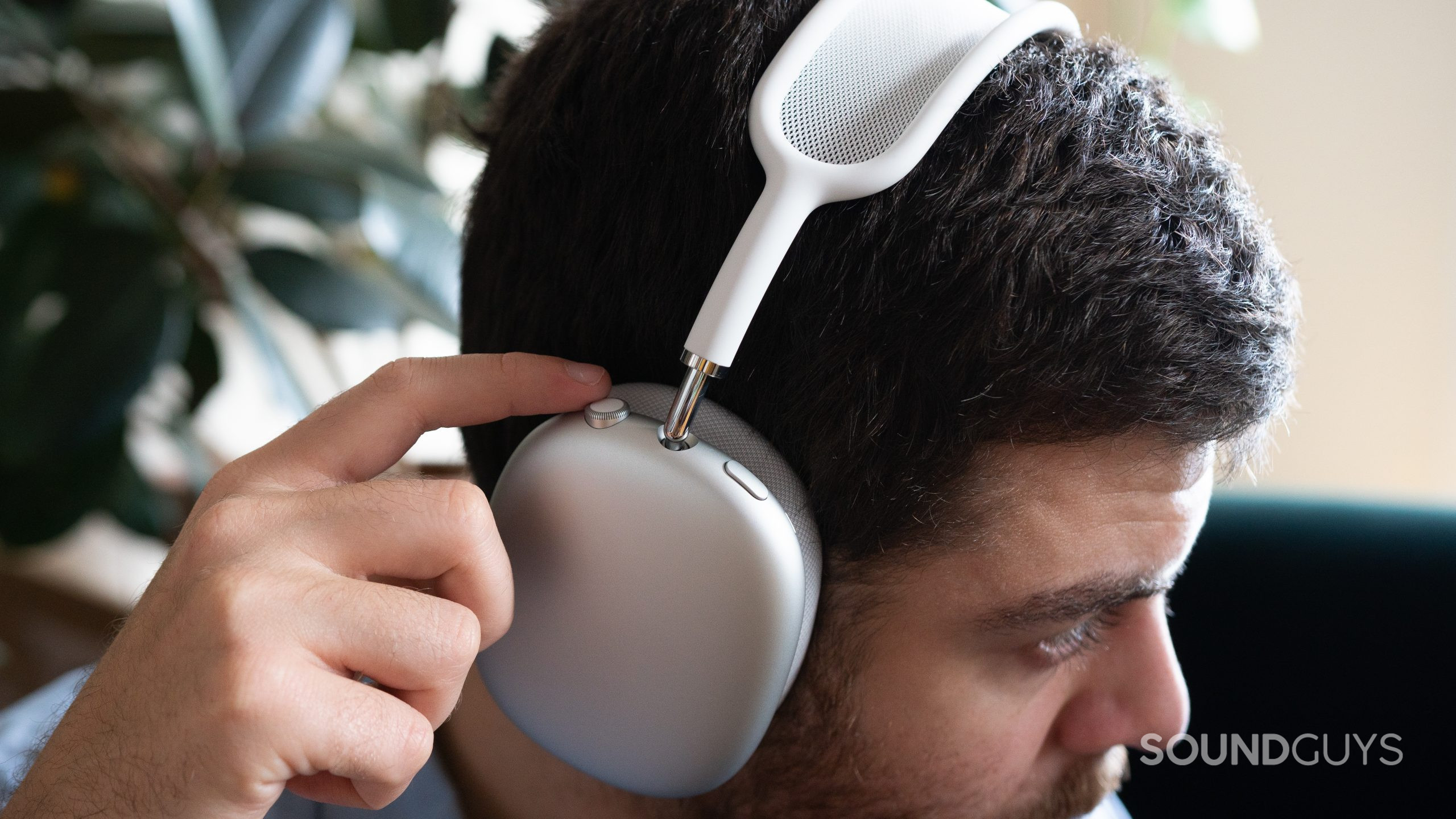
The AirPods Max uses a Digital Crown and Noise Control button on the right ear cup for playback controls. The Digital Crown gives you access to playback controls, volume adjustments, and Siri. Meanwhile, the Noise Control toggles between active noise cancelation and Transparency mode.
The Bose QuietComfort 35 II proves that plastic doesn’t always equal cheap design
![Bose QuietComfort 35 II[2] The Bose QuietComfort 35 II headphones on a headphone stand in front of a computer and pumpkin.](https://www.soundguys.com/wp-content/uploads/2017/10/Bose-QC35-II2.jpg)
The Bose QuietComfort 35 II isn’t the newest pair of headphones on the block, but its design certainly stands the test of time. The headset’s hard plastic construction and matte-finished ear cups are light enough to make wearing it for hours on end comfortable. The ear cushions on the Bose QuietComfort 35 II are made of memory foam covered in smooth protein leather, which is very comfortable, too. The headband’s clamping force is just strong enough to create a decent seal around your ears without causing excess strain on your head.
Physical buttons are located around the headphones, and these give you access to multiple functions right on the device. On the right ear cup, you’ll find the power switch, which also toggles Bluetooth controls for pairing or device switching. Underneath the right ear cup lie three buttons used for controlling volume and playback. Meanwhile, a button on the left ear cup—dubbed the Action Button—can be programmed in the Bose Connect app to control your voice assistant or toggle between noise canceling modes.
Which headset provides a better connection?
![Bose QuietComfort 35 II[5] The Bose QuietComfort 35 II on a gridded surface next to two smartphones.](https://www.soundguys.com/wp-content/uploads/2017/10/Bose-QC35-II5.jpg)
Both the AirPods Max and Bose QuietComfort 35 II only support the AAC and SBC Bluetooth codecs. If you own an Apple device, both headphones should work without any issues. Unfortunately, the same can’t be said for Android users since AAC performance on Android can be hit or miss, depending on the device you own. If you’re looking to use either product on Android, you’ll have to choose between using the lower-quality SBC codec or rolling the dice on performance with AAC.
Both the Apple AirPods Max and Bose QuietComfort 35 II offer limited codec support (AAC and SBC only), which may be a problem for Android users.
In terms of connection performance, the Bose QuietComfort 35 II provides a strong and consistent connection on both iOS and Android. The headphones also support Bluetooth multipoint, which lets you connect up to two devices connected at a time.
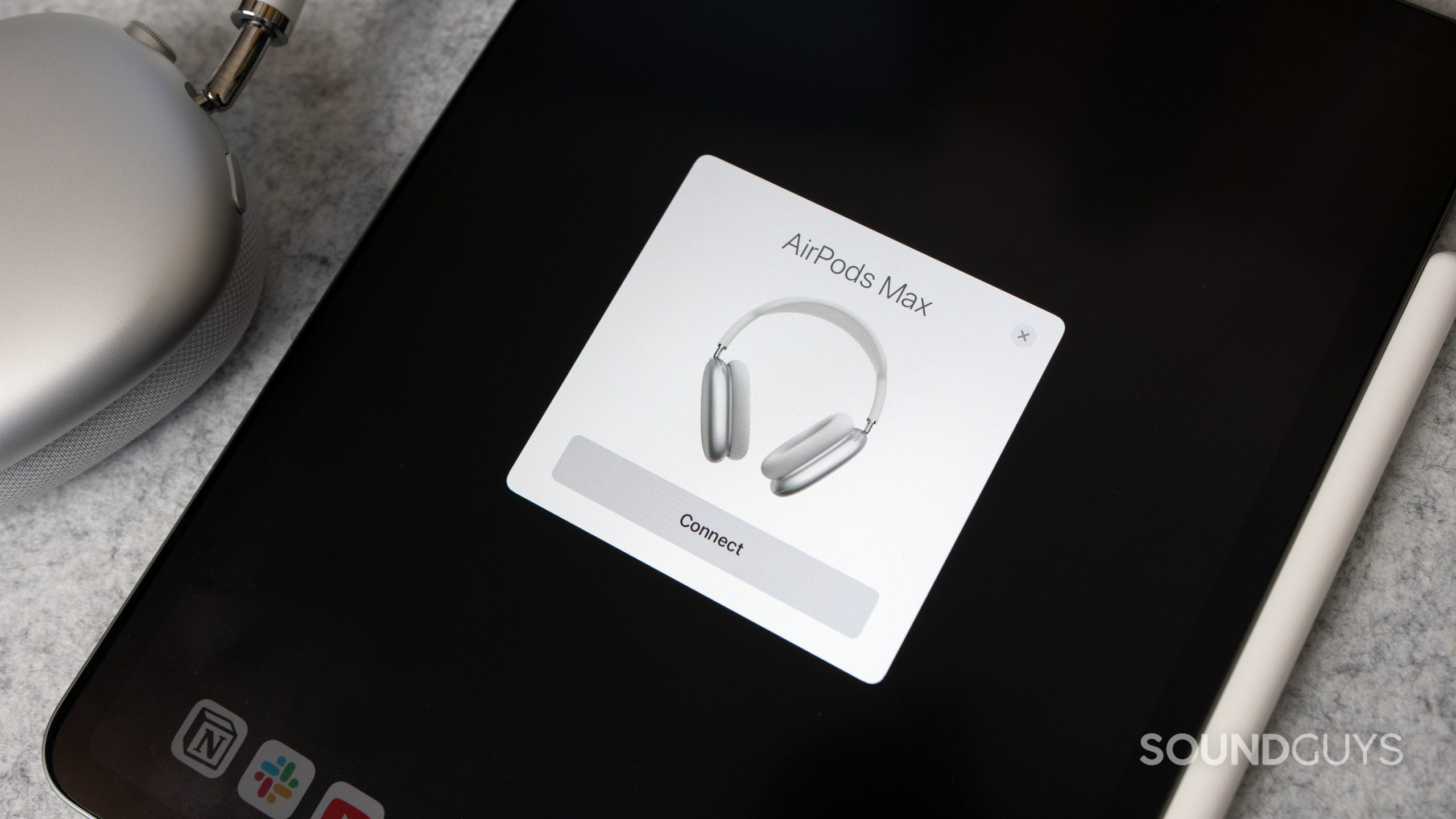
When paired with an iOS device, listening to music with the AirPods Max feels effortless. The headset provides a very stable connection thanks to the inclusion of Apple’s H1 chip: a dedicated processor in the AirPods Max that handles audio processing, active noise cancelation, and device connections. The AirPods Max also features automatic device switching, which works on any Apple device running the latest version of MacOS, iOS, or iPadOS. Just make sure all your devices are logged into the same Apple ID.
Wired listening is free with the Bose QuietComfort 35 II
The Bose QuietComfort 35 II may have been released in 2017, but one feature of its time is quickly becoming a luxury: the headphone jack. The Bose QuietComfort 35 II includes a 2.5mm to 3.5mm headphone jack for wired listening, which is perfect if you’re using the headphones for tasks that require little to no latency—such as video editing or music production. On the other hand, if you want to experience wired listening with the AirPods Max, you’ll have to shell out $35 for a Lighting to 3.5mm headphone adapter.
Which headphones provide the best software features?
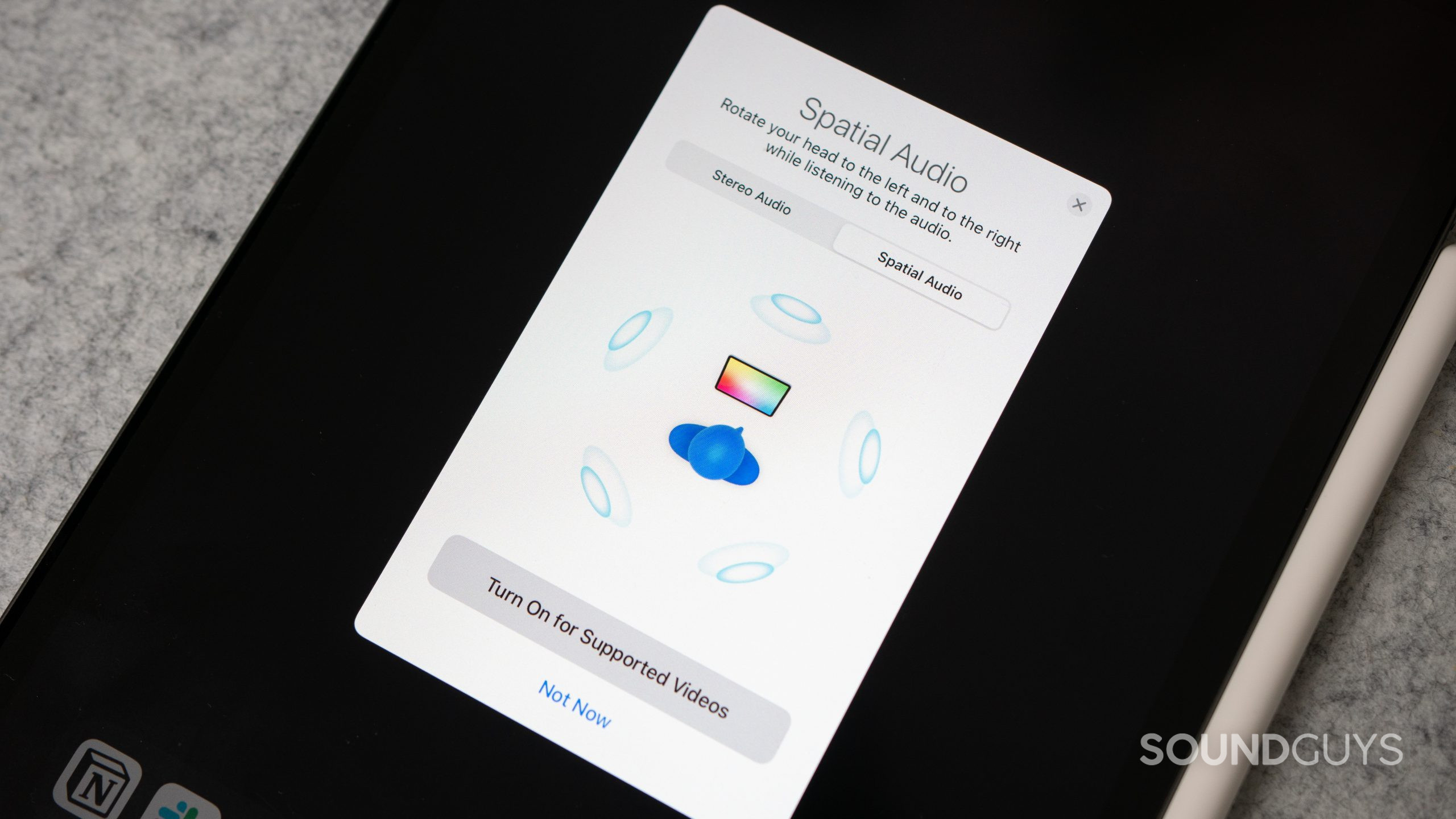
You can only customize your AirPods Max experience in the iOS Settings app. Android users can’t perform basic functions like installing firmware updates, customizing the Digital Crown, toggling automatic head detection, or enabling/disabling Spatial Audio.
Meanwhile, you can customize certain things about the Bose QuietComfort 35 II from the Bose Connect app, which is available for both Android and iOS. Inside the app, you can adjust the level of noise cancelation and mic monitoring, manage connected devices, access firmware updates, and customize the Action Button to summon your voice assistant of choice. You can even use Bose Connect to toggle between the different ANC modes. Unfortunately, Bose doesn’t include any EQ settings, so you’re stuck with the headphone’s sound profile out-of-the-box. If you want the ability to EQ your sound, check out the Bose Noise Canceling Headphones 700 instead.
Apple AirPods Max vs. Bose QuietComfort 35 II: Battery life
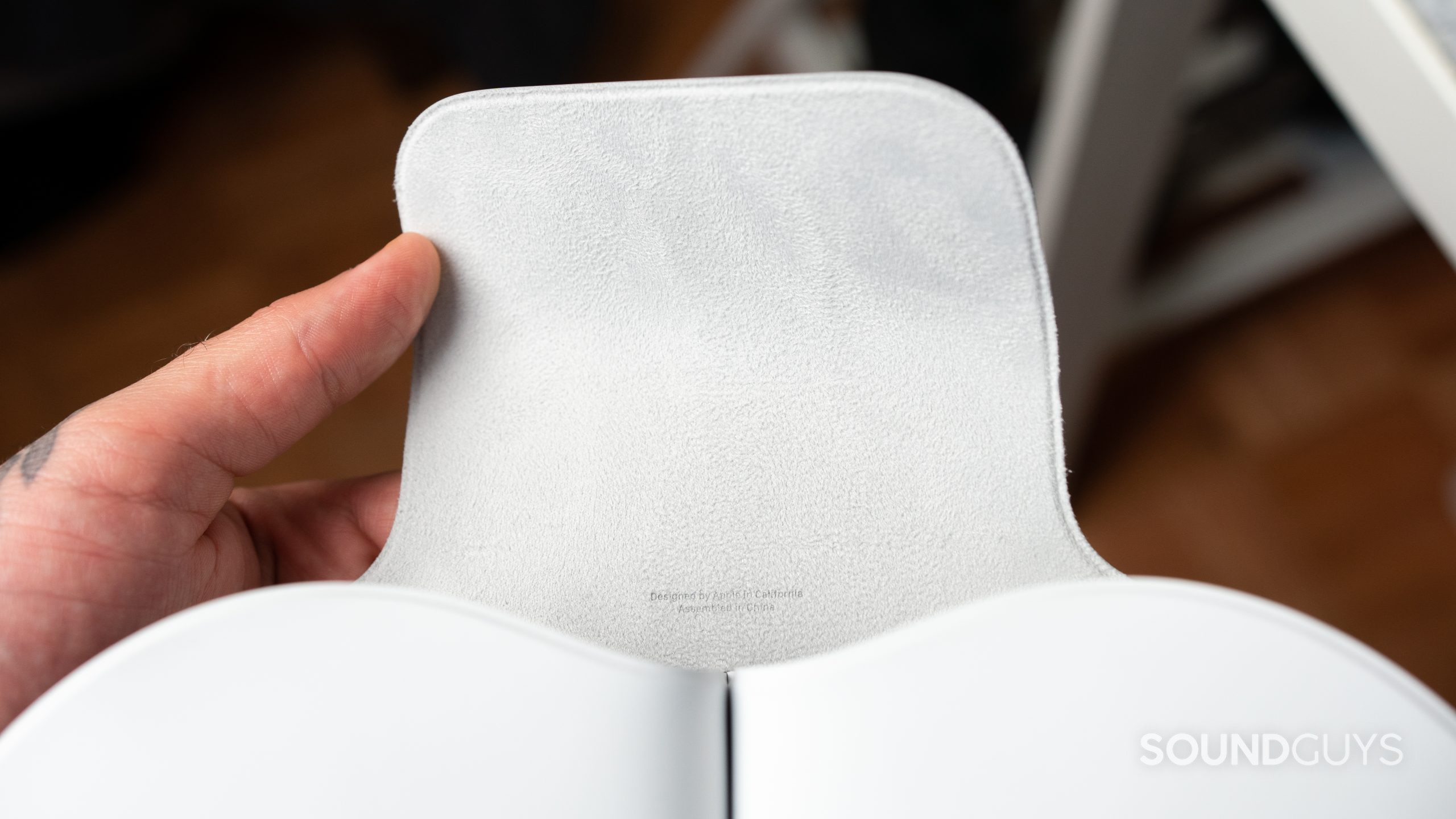
Apple claims the AirPods Max should last you 20 hours with active noise canceling enabled. In our standardized battery testing, playing a consistent output peaking at 75dB(SPL), we found that the AirPods Max lasts about 21 hours with ANC on.
Bose also claims a battery life of 20 hours of playtime with the QuietComfort 35 II. In our testing, it lasted 21 hours and 12 minutes.
The Apple AirPods Max have superior active noise canceling
Loading chart ...
The active noise canceling of the Apple AirPods Max is the best we’ve tested so far, outperforming favorites like the Sony WH-1000XM4 or Bose Noise Canceling Headphones 700. The headphones effectively attenuate ambient sounds, even below 200Hz, which is particularly difficult for any pair of ANC headphones. This means that when you’re listening to music in-flight, you aren’t likely to hear much jet engine rumble. Passive isolation is also great on the AirPods Max, which helps block the din of drills and hammers from outdoor construction.
Additionally, the AirPods Max’s Transparency Mode is fast and well-implemented. It activates in less than a second and uses the headphone’s microphone array to amplify the sounds around you. This allows you to hear transit announcements or hold a quick conversation.
Loading chart ...
The Bose QuietComfort 35 II still has impressive noise canceling, but we’ve come a long way since 2017. It does a good job at attenuating mid-frequency sounds like computer fans and office chatter. However, low-frequency attenuation leaves something to be desired, especially if you want to use these headphones during a flight. Frankly, the noise canceling here doesn’t hold a candle to modern flagship headphones like the AirPods Max.
Apple AirPods Max vs. Bose QuietComfort 35 II: Sound quality
When it comes to what we look for in headphones, the AirPods max line up pretty well, outside of a bit of mid-high note de-emphasis. On the other hand, the Bose QC35 II has a very neutral frequency response, except for its consumer-friendly bass boost.
Loading chart ...
The AirPods Max sounds really good, which shouldn’t be a surprise when you consider its $549 USD price tag. A slight bass emphasis allows kick drums and synth bass lines to cut through a mix without masking sounds like vocals, snares, or strings. A slight dip between 2-8kHz helps reduce unwanted resonances from horns and stringed instruments but also reduces the clarity of vocal breaths and synth arpeggiations.
The Bose QuietComfort 35 II, meanwhile, sports a very neutral-leaning sound signature with a slight bass boost under 50Hz. This sound profile accurately reproduces your favorite mixes, regardless of the genre, and the slight boost in the bass range should give some low-end sounds a little more oomph without running roughshod over other noises.
Apple AirPods Max vs. Bose QuietComfort 35 II: Microphone quality
The AirPods Max microphone is actually quite good, as long as you’re using the right device. If you’re using an older Android device, don’t expect clear vocal reproduction. From our microphone sample recorded on the Google Pixel 4a, the AirPods Max microphone lacks clarity in the highs and lows, making the audio serviceable at best—enough for a quick phone call, but not much more.
Apple AirPods Max microphone demo (Ideal conditions):
Apple AirPods Max microphone demo (Wind conditions):
Apple AirPods Max microphone demo (Non-standardized, Google Pixel 4a):
If you pair the AirPods Max with an iPhone, the story changes significantly. Listening to the mic sample, there is more detail in the high frequencies, which helps retain clarity in sibilant sounds, ultimately yielding better speech intelligibility during conference calls.
Apple AirPods Max microphone demo (Non-standardized, iPhone 12):
On the other hand, the microphone of the Bose QuietComfort 35 II is adequate enough for phone and conference calls. However, sounds under 200Hz are slightly de-emphasized, making it harder to pick up deeper voices with acute accuracy. Sibilant sounds come through clearly without distortion, which is usually difficult to achieve for built-in headphone mics.
Bose QuietComfort 35 II microphone demo (Ideal conditions):
Bose QuietComfort 35 II microphone demo (Wind conditions):
Which microphone sounds better to you?
Apple AirPods Max vs. Bose QuietComfort 35 II: Which one you should buy?
![Bose QuietComfort 35 II[2] The Bose QuietComfort 35 II lying on an open book.](https://www.soundguys.com/wp-content/uploads/2017/10/Bose-QC35-II2-1.jpg)
If you’re looking to get the best value, the Bose QuietComfort 35 II is the clear winner. Four years after its release, it still offers a portable build, decent active noise cancelation, and great sound quality that caters to virtually all genres of music. It retails for under $300, which is $250 less than the AirPods Max. Plus, you’ll likely find the Bose QuietComfort 35 II at an even lower price when shopping during sales like Black Friday.
For Apple-device diehards with cash to burn, the Apple AirPods Max is certainly the way to go. The amount of tech Apple packed into the AirPods Max is impressive. Not only does it feature some of the best active noise canceling we’ve seen in a flagship product, but its use of the H1 chip shows just how attractive and tightly integrated Apple’s ecosystem really is.

Strong connection
Customizable controls

20-hour battery life
Well-built pads
What are some alternatives?
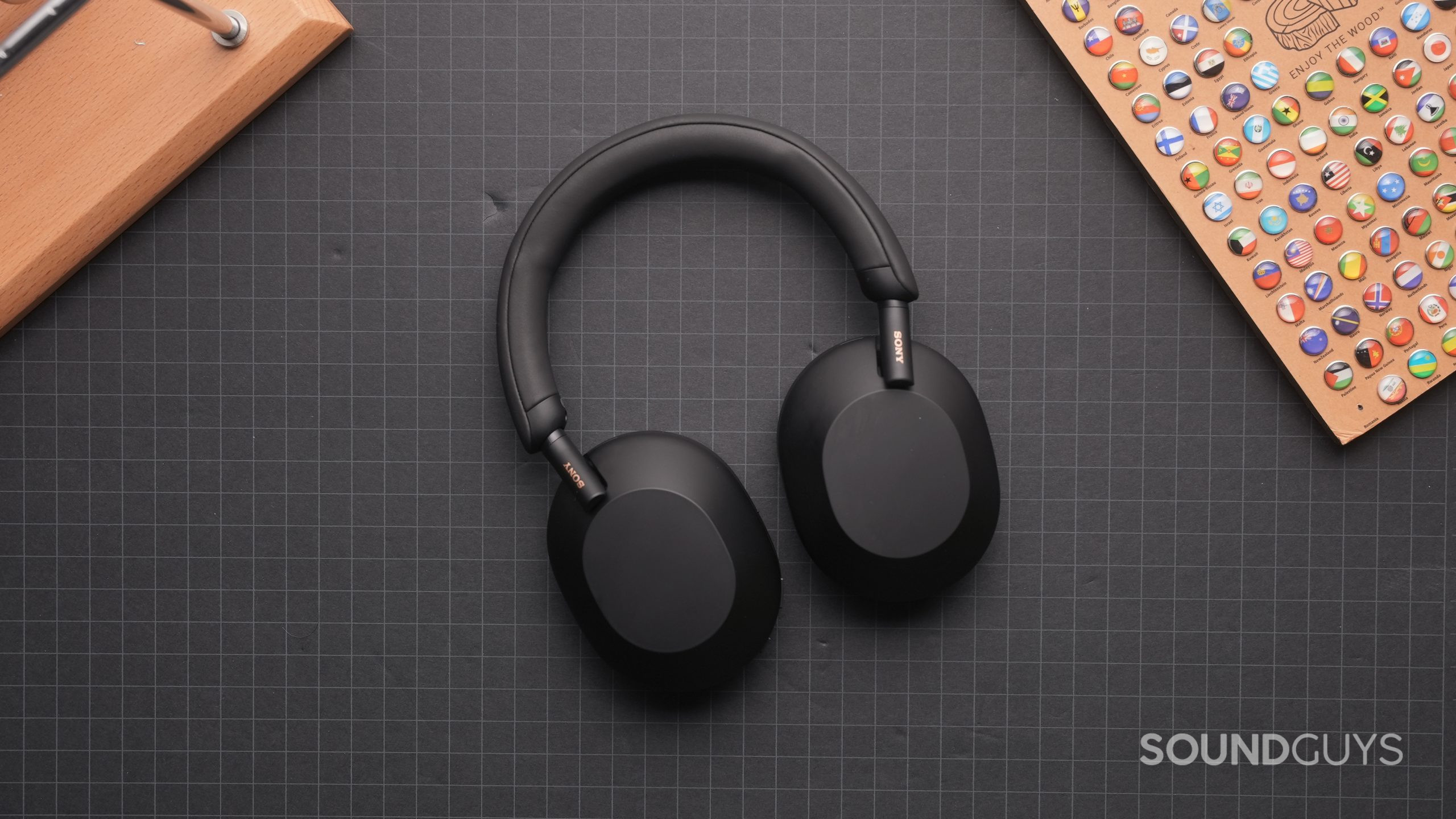
Android users looking for a pair of active noise canceling headphones may want to look elsewhere, especially since both headphones only support AAC and SBC. A good alternative would be the Sennheiser PXC 550-II, which boasts impressive active noise canceling for the price ($299.99 at Walmart) and extensive codec support—including aptX and aptX Low Latency. Another great pick from Sennheiser is the MOMENTUM 4 Wireless, which has excellent sound quality and battery life, along with support for the aptX, aptX HD, and aptX Adaptive codecs. It’s available for $289.23 at Amazon.
The Sony WH-1000XM5 is another Android-friendly favorite of ours. It offers great sound quality, great ANC performance, and support for Sony’s LDAC codec, all for $387 at Amazon. The previous generation, the Sony WH-1000XM4, is similarly great and a bit more affordable at $278 at Amazon.
Additionally, if you’ve read through the entirety of this post and it’s now dawning on you that spending hundreds of dollars on headphones just isn’t in the cards right now, check out our list of best noise canceling headphones under $100.
Frequently asked questions
The only real difference between the Bose QuietComfort 35 II and the Gaming Headset is a detachable boom mic. You can’t buy the mic separately, so if you want to spend the extra money on the mic, consider getting the QC 35 II Gaming headset. It’s available for $279 at Amazon.
The Apple AirPods Max comes in silver, space grey, sky blue, pink, and green. The Bose QuietComfort 35 II comes in black and silver.